Landscapes are an extremely rewarding type of photography, but you don’t have to venture out of town to capture sweeping panoramas or breathtaking views.
Urban landscape photography or cityscape photography is a type of scenic photography that’s quickly growing in popularity. Due to the fact that most of the world lives in or near cities, urban landscapes provide an excellent chance to photograph some landscape images without having to wait until you travel to a scenic nature spot.
With urban landscapes, there are plenty of photo opportunities just waiting to be captured at a city near you—or maybe even right outside your door.
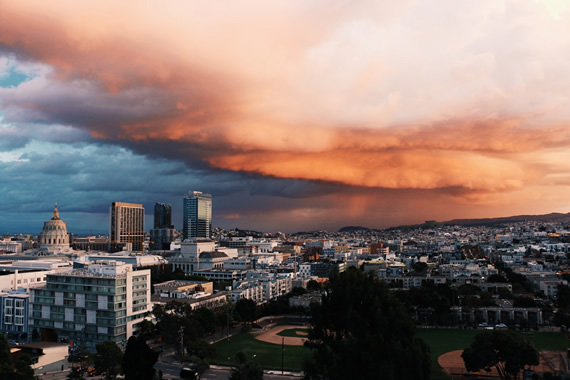
In order to capture the best urban landscapes possible, you’ll want to use many of the same techniques that you use when photographing traditional landscapes. But there are a few opportunities and challenges that are unique to urban settings. To help you get the most out of your cityscape photography, here are some tips to get you off to a great start.
Bring Your Gear
While you don’t want to have to pack around a bunch of heavy gear especially if you’re going on foot, try to bring along a wide angle lens if you have one. These lenses have a wider angle of view making them a great option for photographing in the city where space if often limited. They also tend to exaggerate the sense of depth and scale in an image making the foreground look closer and the background smaller, and further away. Of course, you may also want to consider bringing a telephoto if you’re interested in capturing details, or creating images that are “flatter.”
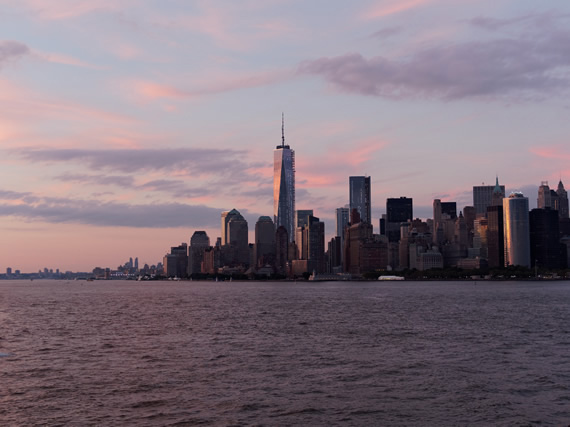
You’ll also want to bring a tripod, especially if you’re doing early morning or nighttime scenes, or any type of long exposure photography like light trails, or gently blurred clouds. Finally, don’t forget to bring along your filters—a polarizing filter will come in handy when photographing modern, glass buildings, as it will help to cut the glare from reflections.
Remember Rules of Composition
Composing cityscapes is similar to creating landscape images. The same basic rules of composition still apply and keeping them in mind will help you to create powerful photos. Look for a focal point, and try to find leading lines that will draw the viewer’s eye through the image. Be sure to balance the composition, and make sure one section isn’t too heavy. Don’t forget to use colors, contrast, patterns, and texture to help you create your images. Textures and patterns are especially prevalent in urban settings and can be found in a number of places like graffiti, brickwork, and architecture; while contrasting colors, textures, shapes—or even subjects—such as the old buildings against modern, new skyscrapers, can also be found in the city.
Consider the Time of Day
The best time of day for urban photography will depend largely upon your personal preference and the style of photography that you’re going for. Early morning is preferred by many photographers, since the lighting is often at its best just after dawn, and there are fewer distractions. The streets are usually less busy in the very early hours before rush hour, that is, and there’s less litter on the roads.
Late morning or afternoon can also produce excellent lighting though. The sun is at an angle, and side lighting is ideal for highlighting textures and showcasing details. Then, of course, you have the beautiful golden light from the evening golden hour, and as the dusk turns to night, you’ll be able to capture the beautiful city lights, or even create light trails from traffic using a long exposure—and a tripod.
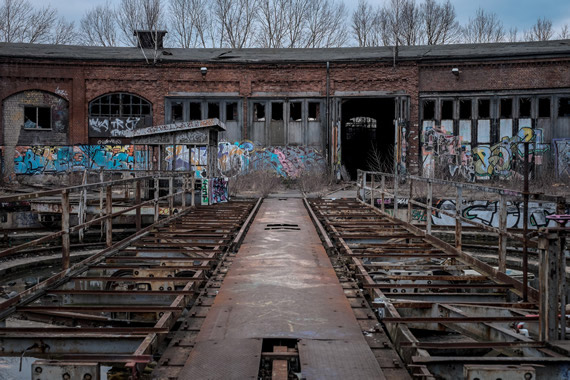
Aim to Capture the Vibe
Every city has a unique vibe. Your job is to capture the atmosphere and create an image that will instantly transport your viewers to the scene. Look for ways to encapsulate the setting. Before you start snapping, take a few minutes to survey the scene at hand, and soak up your surroundings. What do you notice? What catches your eye? What’s one thing that sums up the essence of the neighborhood? This will give you a great place to start and will show you what you should include in the image.
Include People
While many photographers hate it when unsuspecting pedestrians photobomb their photos, often, incorporating a human element into a composition can make for an excellent photo. People can add life and interest to a scene, and can also be used to convey a sense of scale. However, if your composition doesn’t call for people, don’t use them. Make sure you intentionally leave them out.
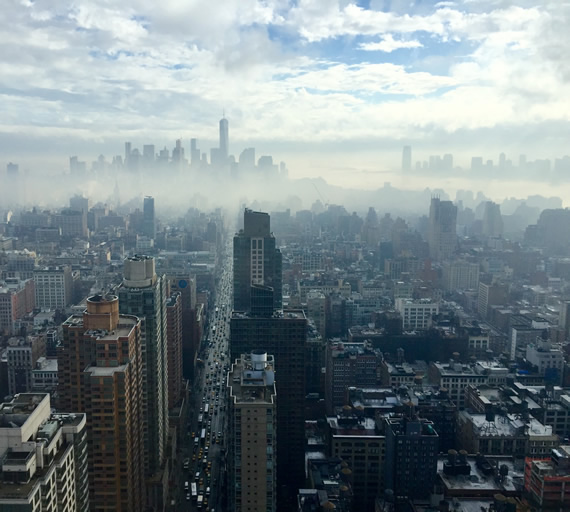
Think Unique
Although it can be challenging, look for ways to make your photos unique! If you’re photographing famous buildings, a bridge, or a well-known landmark, you’ll want to find ways to capture it in a way that’s different from every other snapshot out there. Look out for details or patterns that are easy to overlook, or find some interesting foreground to include in the image. Changing your perspective can often mean the difference between a standard snapshot and a spectacular image.
Look Up
If you’re next to tall, towering buildings and skyscrapers, don’t forget to look up! Often, angling the camera up can result in a great composition. This is another situation where a wide angle lens will come in handy, helping you to fit it all in. A wide angle will also produce the illusion that the buildings are leaning, resulting in an imposing, dynamic image.
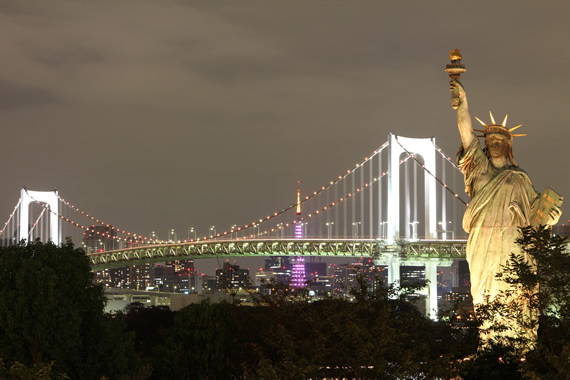
Go Off the Beaten Path
Finally, not everything happens in the center of the city. While you might find the most action downtown, don’t forget to venture out a ways too. You might be surprised at how many unique things there are just waiting to be captured. You will also probably find it quieter on the outskirts of town, and you may even discover a new angle to photograph the city from.
Just remember to stay safe when venturing into new areas. Take a friend and stay alert if you’re unfamiliar with the neighborhood.
Just because well-known skylines have been captured before, doesn’t mean that you have to take the same photos. Try to think of ways that you can make your images unique. Look for new vantage points, or try to find opportunities to frame the scene in an unexpected way. Have fun hunting for unique photo opportunities, and enjoy capturing images that are all yours!
Do you enjoy photographing urban environments? We’d love to see your work! Feel free to share your images with us in the comments.
For Help Making Your Cityscape Photos Pop:
Contrastly’s new preset bundle includes 1,000+ professional presets categorized into 26 individual themes from Dramatic HDR, Long Exposure, Sharpness Clarity and a lot more. We we were able to negotiate a huge discount for PictureCorrect readers which ends soon, simply remember to use the discount code PictureCorrect50 at checkout.
Found here: Contrastly Complete Lightroom Presets Bundle Deal
Go to full article: Tips for Photographing Urban Landscapes & Cityscapes
What are your thoughts on this article? Join the discussion on Facebook or Google+
Article from: PictureCorrect